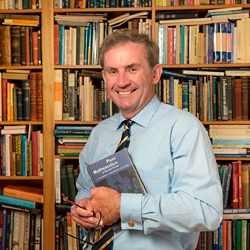IB Thermal Concepts
/A tutorial sheet of harder questions on sub-topic 3.1 thermal concepts is given below.
specific heat capacity of ice = 2200 J/Kg/°C, specific latent heat of fusion of ice=334000 J/kg, specific heat capacity of water=4200J/kg/°C.
- 25.0 g of ice is at a temperature of -10 °C.The ice is placed in 300 g of water at 20°C. What is the temperature when thermal equilibrium is reached? [11.9°C]
- 300.0 g of ice at 0°C is placed in 100.0 g of water at 15°C. What fraction of the ice melts?
- 500.0 g of ice at 0°C is placed in water at 20°C. What is the mass of the water if one half of the ice melts?
